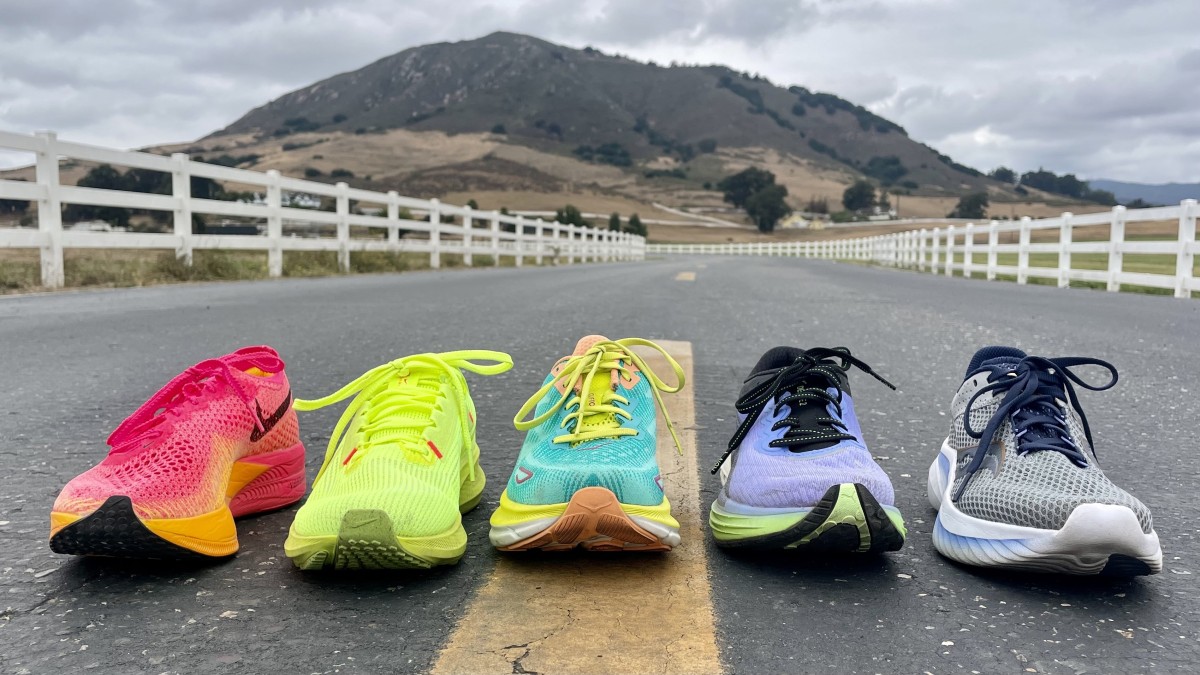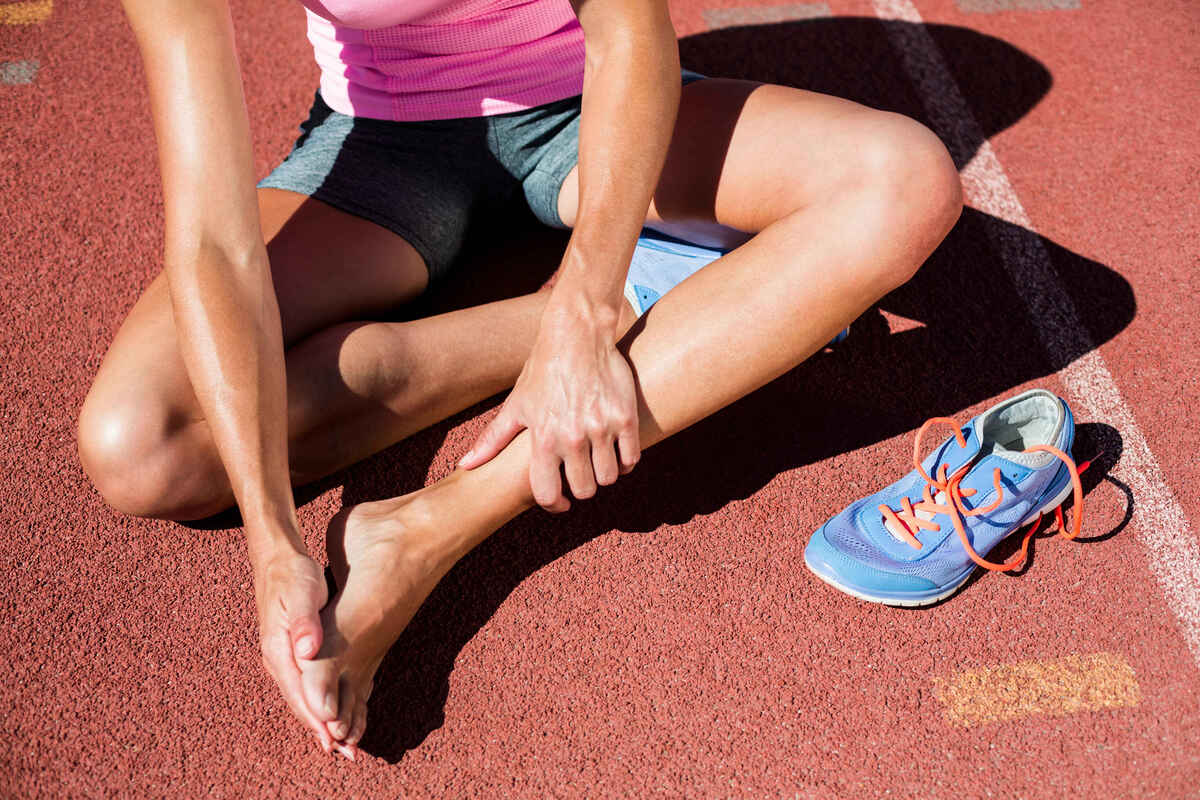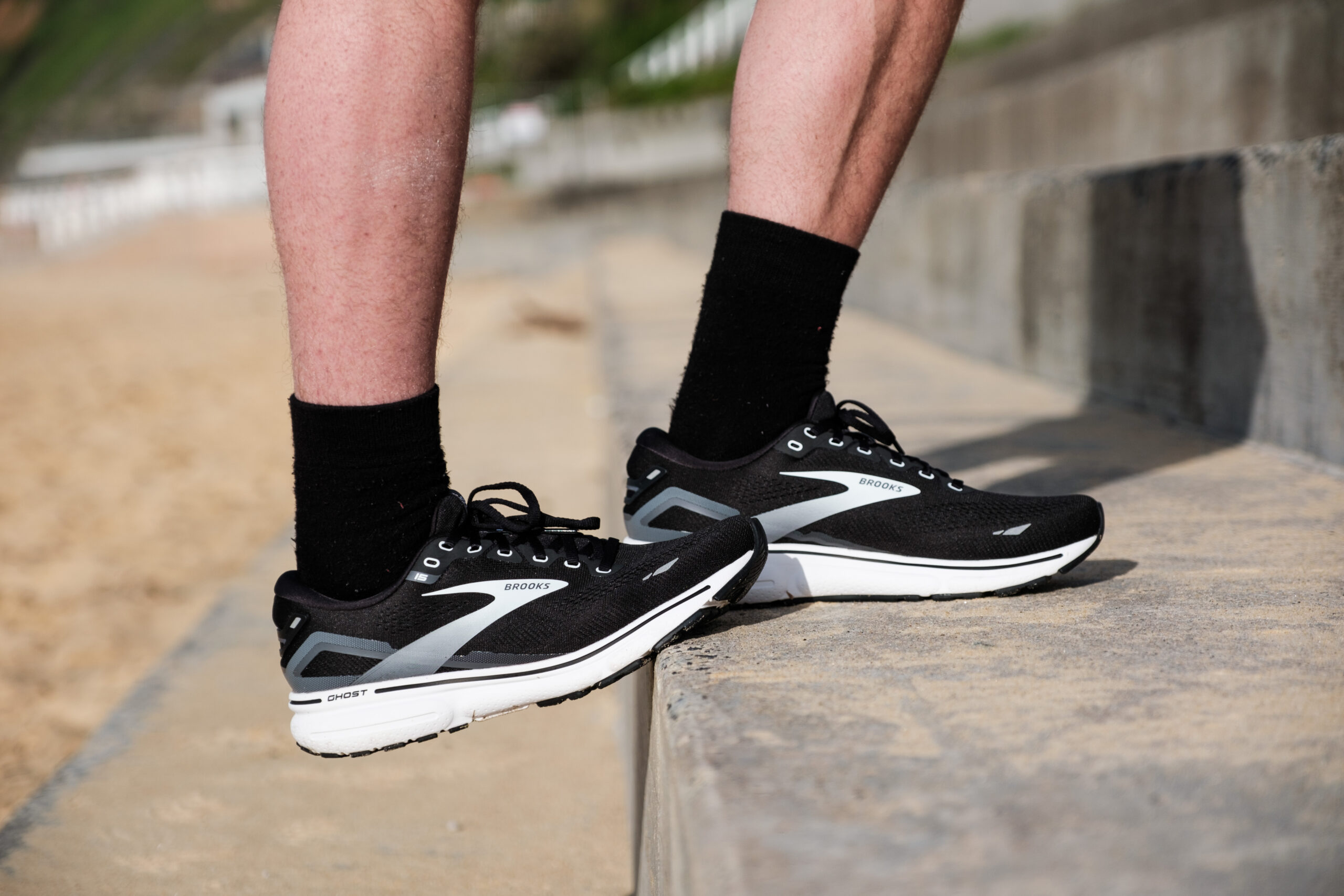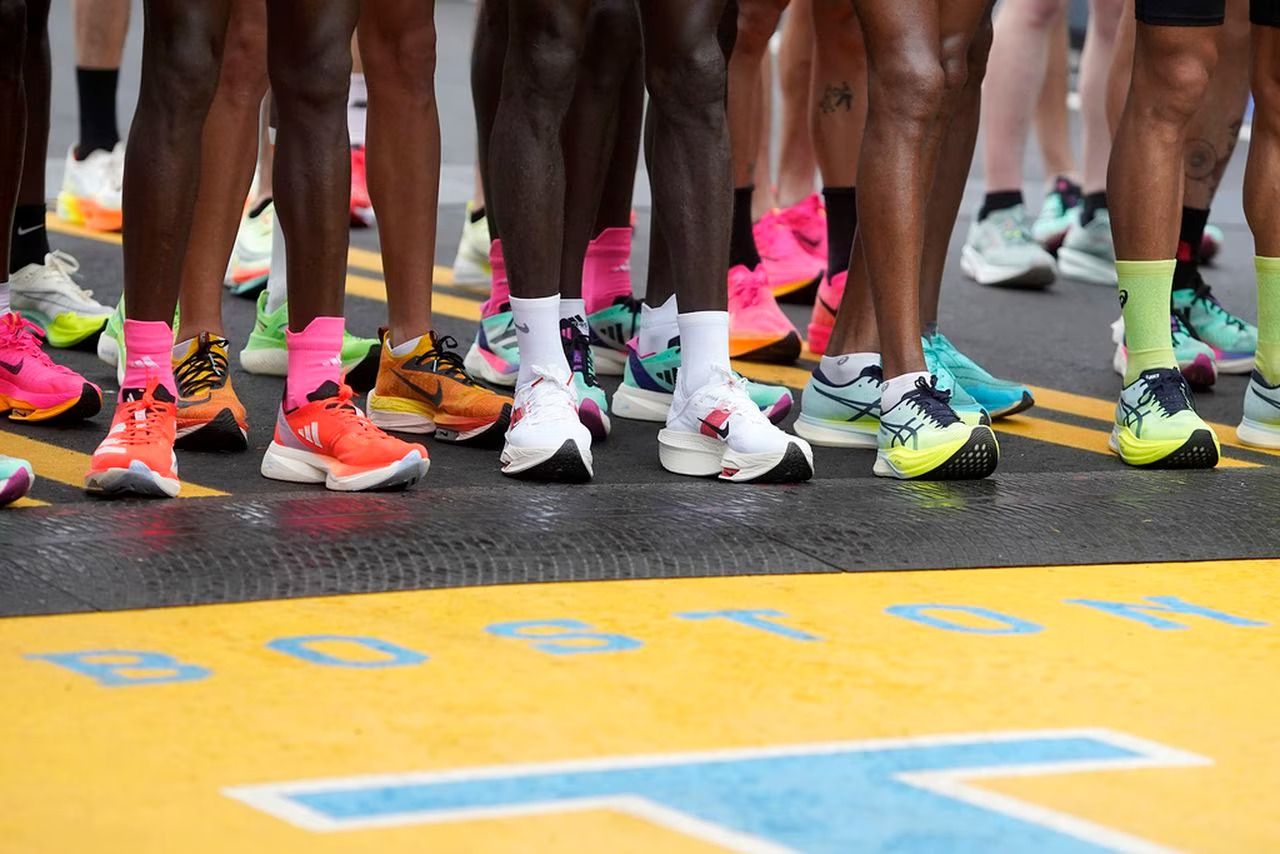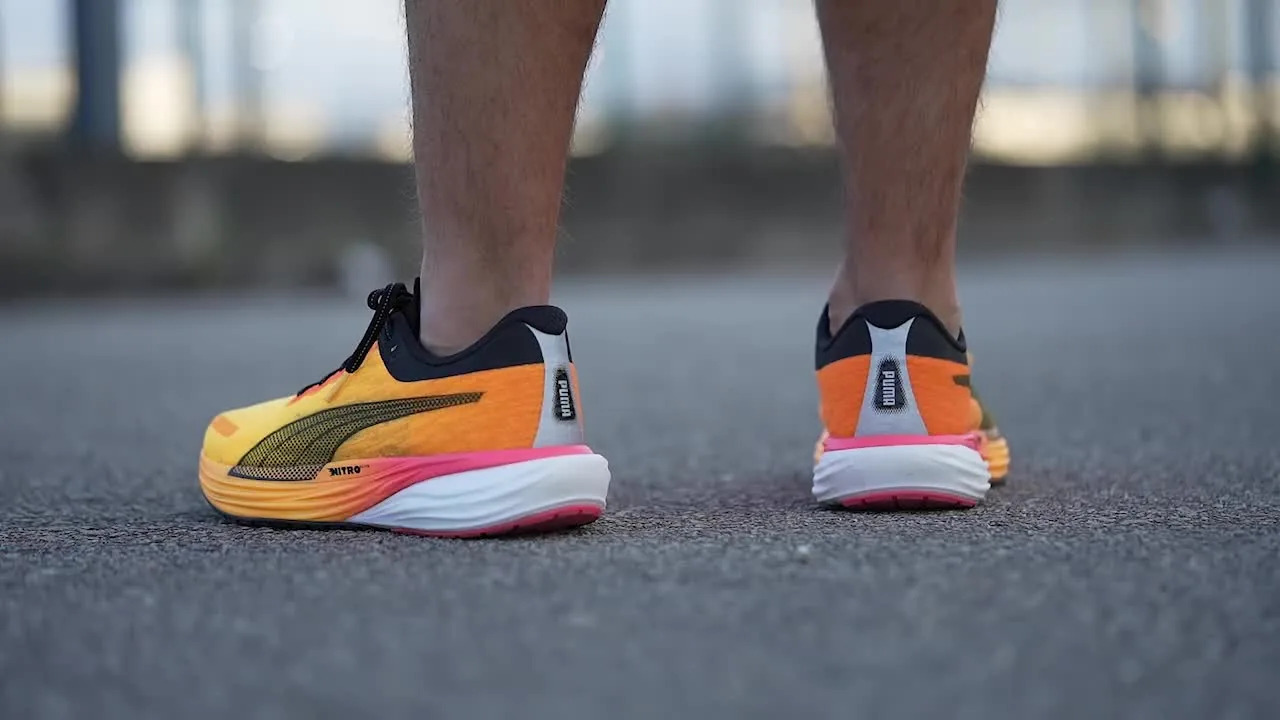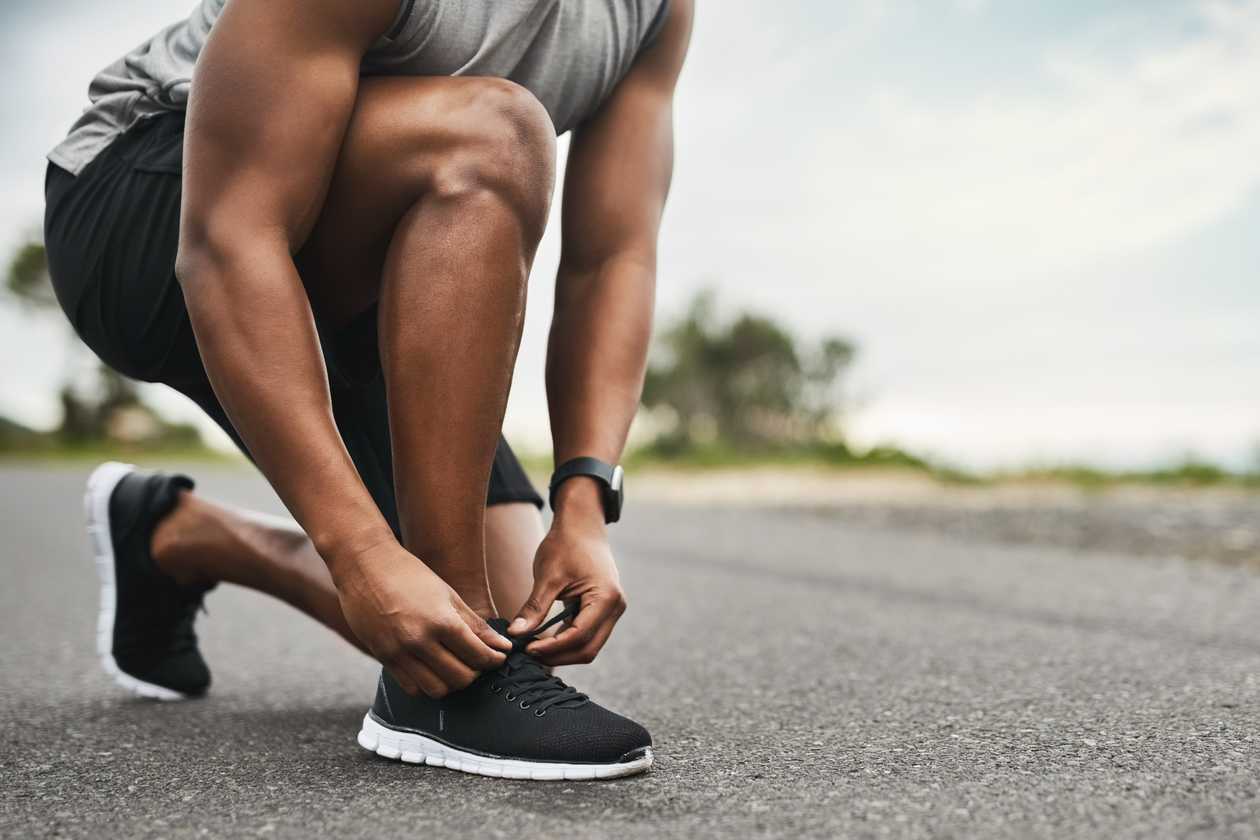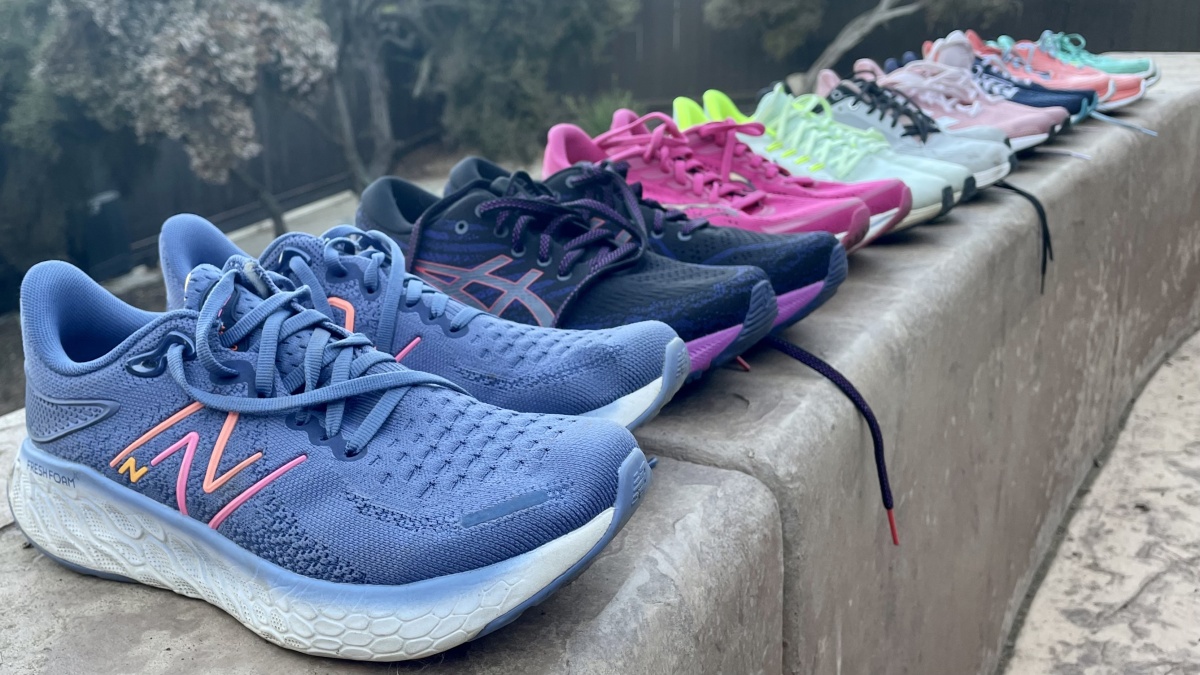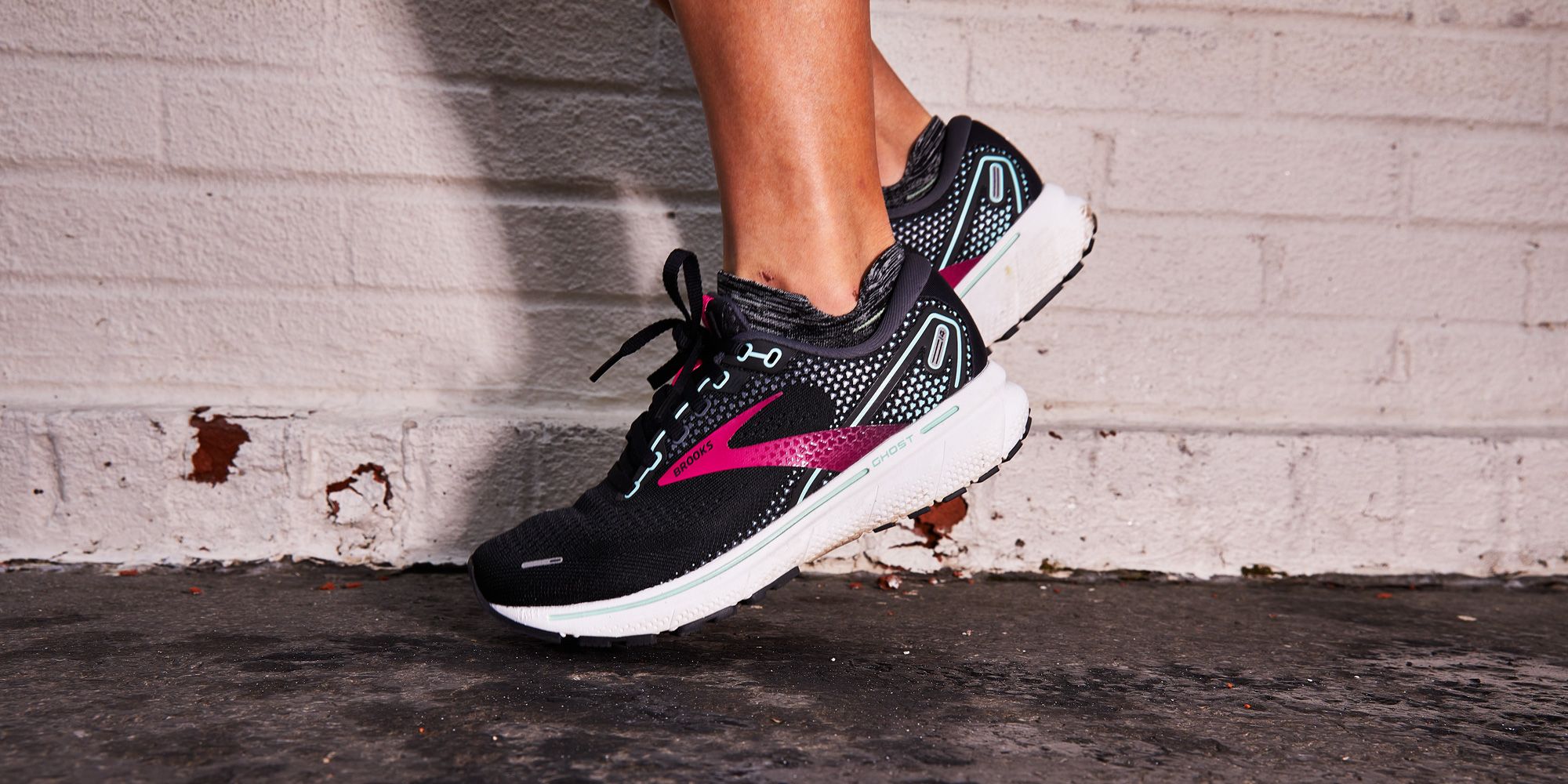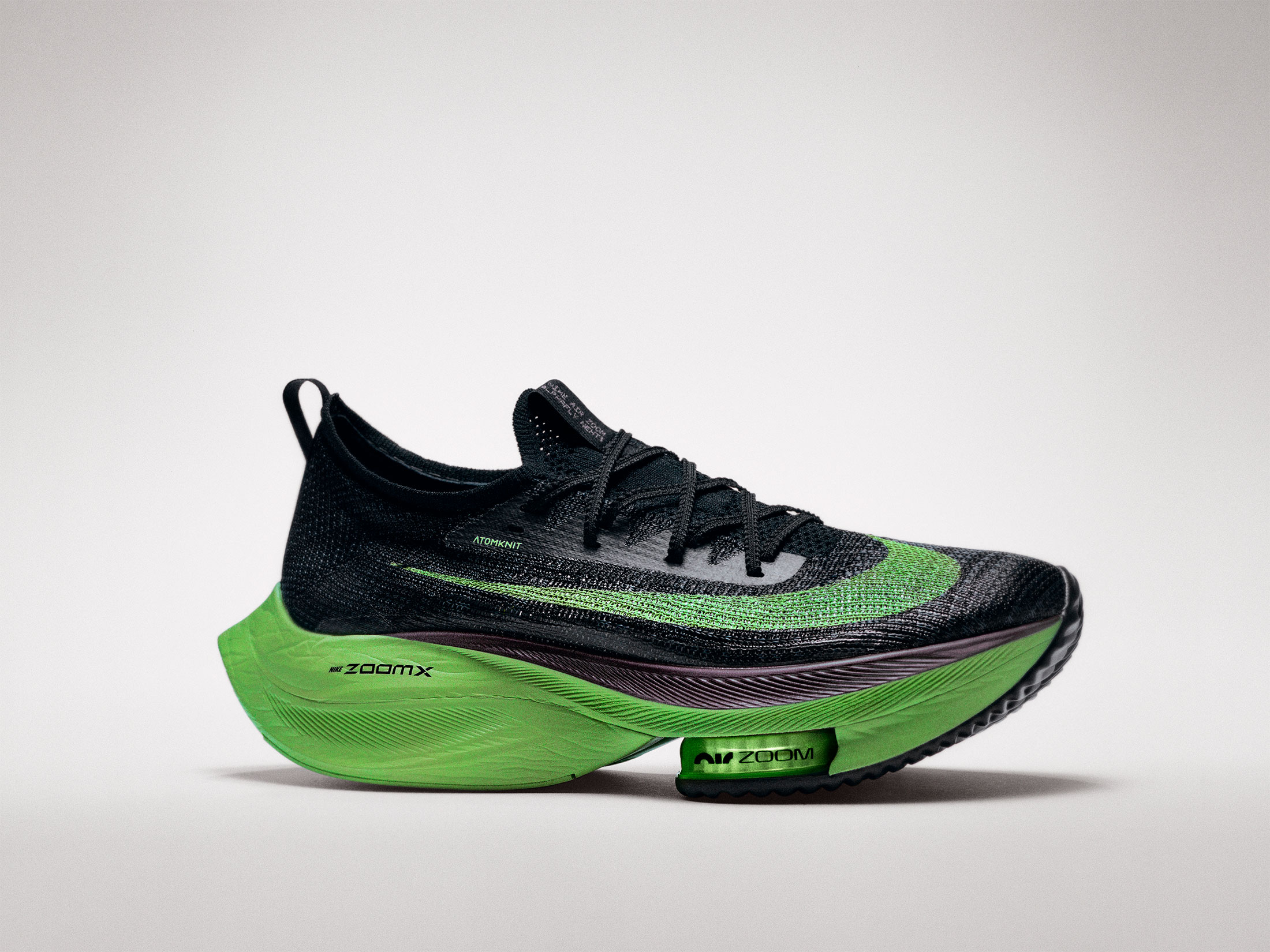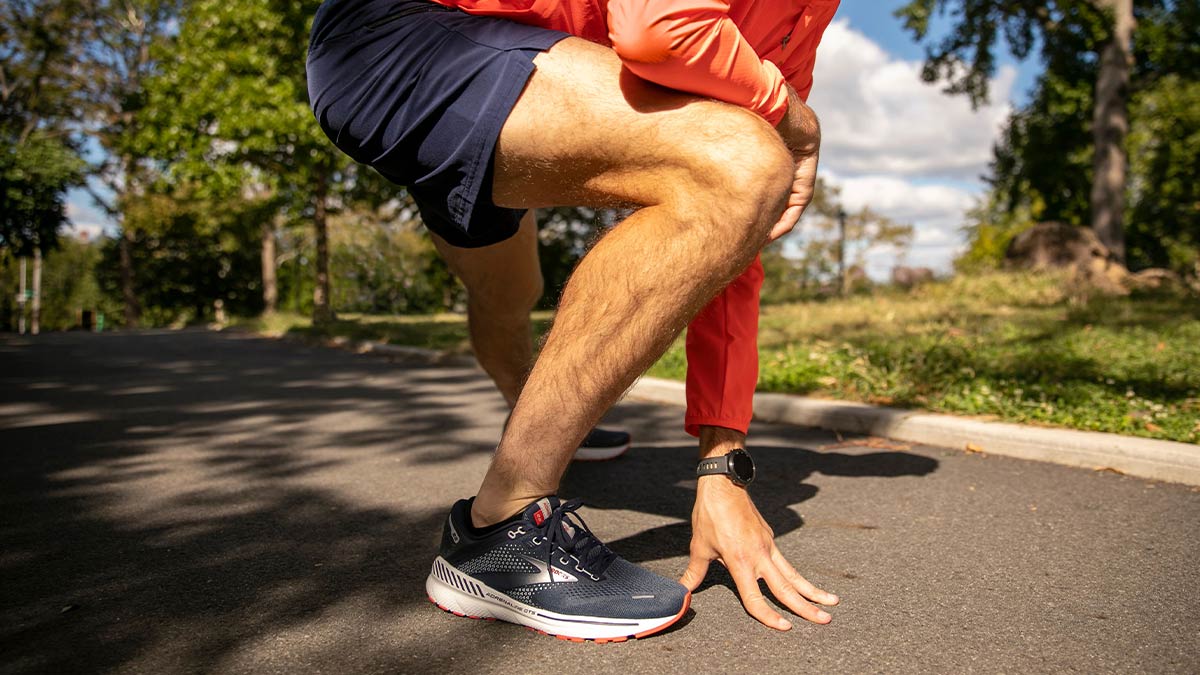

Brands
How Do Brooks Running Shoes Fit
Modified: January 22, 2024
Find out how Brooks running shoes fit compared to other brands. Get tips on finding the right size and get ready to hit the pavement in style and comfort.
Introduction
Welcome to our comprehensive guide on how Brooks running shoes fit! As a running enthusiast, you know that finding the perfect pair of running shoes is crucial for your comfort and performance. Brooks, a trusted and well-established brand in the running community, offers a wide range of running shoes designed to meet the needs of different runners.
Understanding how Brooks running shoes fit is essential to ensure that you find the right pair that provides the optimal balance of support, cushioning, and fit. In this article, we will delve into the factors that contribute to the fit of Brooks running shoes, and provide useful tips and insights to help you choose the right size and model.
Robust research and development, coupled with extensive testing, are the hallmarks of Brooks running shoes. The brand takes great pride in designing shoes that offer exceptional fit and performance features. Whether you’re a beginner or a seasoned runner, Brooks has a shoe for you.
With an emphasis on biomechanics and the individual needs of runners, Brooks has earned a reputation for creating shoes that align with the natural movement of the foot. To make an informed decision about the fit of Brooks running shoes, it’s essential to consider various factors, such as foot shape, pronation, and personal preferences.
In this guide, we will explore the different aspects of Brooks running shoe fit, including the factors to consider, choosing the right size, understanding the fit characteristics of different Brooks models, and addressing common fit issues. By the end of this article, you’ll have a comprehensive understanding of how Brooks running shoes fit and be well-equipped to make an informed purchasing decision.
So, let’s dive into the details and get ready to find the perfect fit for your running adventures with Brooks running shoes!
Understanding Brooks Running Shoes Fit
When it comes to running shoes, fit is everything. The right fit can make all the difference in your running experience, helping to prevent injuries, enhance comfort, and improve performance. As you explore the world of Brooks running shoes, it’s important to have a clear understanding of how the fit is designed and how it impacts your overall running experience.
Brooks takes a holistic approach to shoe design, considering factors such as biomechanics, foot shape, and different types of running surfaces. They aim to create shoes that offer a combination of comfort, support, and flexibility. Understanding the fit of Brooks running shoes involves examining the key aspects that contribute to the overall fit experience.
Foot shape: Brooks recognizes that not all feet are the same. They offer shoes that cater to different foot shapes, including those with wide or narrow feet. It’s important to consider your foot shape when selecting a pair of Brooks running shoes to ensure a proper fit.
Pronation: Pronation refers to the natural inward rolling motion of the foot during running. Understanding your pronation type (neutral, overpronation, or supination) can help you choose a Brooks shoe that provides the right amount of support and stability.
Upper construction: The upper of the shoe plays a vital role in the fit. Brooks utilizes different materials and construction techniques to provide a secure and comfortable fit. Whether it’s a seamless mesh upper or a structured saddle, the upper contributes to the overall fit and feel of the shoe.
Cushioning and support: Brooks offers a variety of cushioning and support options to cater to different runner preferences. Some shoes have plush cushioning for a softer ride, while others have more responsive cushioning for a more energetic feel. The level of support also varies across different models, providing options for runners who require more stability.
Flexibility and responsiveness: A shoe’s flexibility and responsiveness impact how it adapts to your foot’s movement and how it propels you forward. Brooks designs their shoes to be flexible yet supportive, allowing for a natural range of motion while also providing energy return to help you achieve efficient running strides.
By understanding these key aspects of Brooks running shoe fit, you can make more informed decisions when selecting a pair of shoes that will suit your specific running needs. It’s important to remember that fit is subjective, and what works for one runner may not work for another. Experimenting with different models and sizes can help you find your perfect fit within the Brooks running shoe collection.
Factors to Consider for Fit
When it comes to finding the right fit for your Brooks running shoes, there are several key factors to consider. By taking these factors into account, you can ensure that you choose a pair of shoes that provide the perfect blend of comfort, support, and performance.
Foot Size and Shape: The first factor to consider is your foot size and shape. Measure your feet and compare the measurements to Brooks’ sizing chart to determine the appropriate size to start with. Additionally, consider whether you have a narrow or wide foot, as this may affect the fit of certain shoe models.
Pronation Type: Understanding your pronation type is crucial in choosing the right fit. Overpronation occurs when the foot rolls excessively inward, while supination (or underpronation) happens when the foot doesn’t roll enough inward. Neutral pronation is when the foot rolls naturally. Select a shoe that offers the appropriate level of stability and support for your pronation type.
Activity Level: Consider your activity level and running goals. Are you a casual runner or a marathon enthusiast? The amount of cushioning and support you need may vary depending on your running frequency and distance. Shoes with more cushioning are typically recommended for higher mileage or longer runs, whereas lighter shoes with less cushioning may be suitable for shorter runs or speed workouts.
Arch Type: Another important factor to consider is your arch type. Determine whether you have low, medium, or high arches. Brooks offers shoes with different arch support options to cater to each type. Proper arch support can help alleviate stress on the feet and prevent discomfort during runs.
Previous Injuries or Conditions: If you have any specific foot conditions or previous injuries, it’s essential to address them when choosing the right fit. Certain features, such as extra cushioning or stability features, can help provide the necessary support and protection for your specific needs.
Personal Preference: Finally, don’t forget about personal preference. Each runner has their own preferences when it comes to the fit of running shoes. Some prefer a tighter fit for a more secure feeling, while others prefer a more spacious fit for added comfort. Consider what feels best for you and how you want your running shoes to feel during your runs.
By considering these factors, you can narrow down your options and choose a pair of Brooks running shoes that offer the perfect fit for your unique needs. Remember, finding the right fit may require some trial and error, so don’t be afraid to try different models, sizes, and features until you find the shoe that feels just right for you.
Choosing the Right Size for Brooks Running Shoes
Selecting the correct size for your Brooks running shoes is crucial for achieving optimal fit and comfort. A shoe that is too small can cause discomfort and potential injuries, while a shoe that is too large can lead to instability and a lack of support. Here are some essential tips to help you choose the right size for your Brooks running shoes.
Measure your feet: Start by measuring your feet using a shoe measuring device or by tracing an outline of your feet on a piece of paper. Compare your measurements to Brooks’ sizing chart to determine your starting point size.
Try on shoes in the afternoon: Feet tend to swell throughout the day, so it’s advisable to try on shoes in the afternoon or evening when your feet are at their largest. This will ensure that you choose a size that accommodates any swelling that may occur during runs.
Consider toe room: Allow for about a thumbnail’s width of space between your longest toe (usually the big toe) and the front of the shoe. This extra room will prevent your toes from feeling cramped during runs and provide a more comfortable fit.
Varying shoe models: Keep in mind that different shoe models from Brooks may have slight variations in sizing and fit. When trying on different models, pay attention to how they feel on your feet and consider if any adjustments need to be made in sizing.
Visit a specialty running store: If possible, visit a specialty running store where experts can help you find the right size and fit. They may use techniques like gait analysis to assess your running style and recommend the most suitable size and model of Brooks running shoes.
Try on both shoes: When trying on Brooks running shoes, make sure to test both the left and the right shoe to ensure a consistent fit. Occasionally, foot sizes can vary slightly between the left and right foot, so it’s important to consider both sides.
Bring your current running socks: Wear the type of socks you typically wear for running when trying on Brooks shoes. This will provide a more accurate representation of how the shoes will fit during your runs.
Comfort and fit: Lastly, trust your own comfort and fit sensations. Walk or run around in the shoes to assess how they feel on your feet. Check for any areas of discomfort, pressure points, or slippage, as these may indicate that the shoes are not the right size or fit for you.
Choosing the right size for your Brooks running shoes may involve some trial and error. Don’t be afraid to try on multiple sizes and models until you find the perfect fit. Remember, a well-fitting pair of running shoes will enhance your running experience and help you perform at your best.
Brooks Running Shoe Models and Fit Characteristics
Brooks offers a wide range of running shoe models, each with its own unique fit characteristics. Understanding the fit of different Brooks shoe models can help you narrow down your options and find the perfect pair for your running needs. Let’s explore some popular Brooks running shoe models and their fit characteristics:
Brooks Ghost: The Brooks Ghost is known for its versatile and balanced fit. It offers a medium to high level of cushioning, making it suitable for neutral runners or those with slight pronation. The Ghost is known for its comfortable and roomy toe box, accommodating a variety of foot shapes.
Brooks Adrenaline GTS: The Brooks Adrenaline GTS is a stability shoe designed for runners with moderate to severe overpronation. It provides excellent arch support, stability, and control for a smooth and stable ride. The fit is snug in the midfoot and heel, ensuring a secure and locked-in feel.
Brooks Launch: The Brooks Launch is a lightweight and responsive shoe favored by neutral runners. It offers a more minimalistic fit with a lower heel-to-toe drop and a firmer midsole. The Launch provides a snug and secure fit in the midfoot while allowing for ample toe room for a flexible toe-off.
Brooks Transcend: The Brooks Transcend is a premium running shoe with maximum cushioning and support. It is ideal for runners who require enhanced stability and support, especially for overpronation. The Transcend offers a secure and snug fit in the midfoot and heel area to prevent excessive foot movement.
Brooks Cascadia: The Brooks Cascadia is a trail running shoe designed to tackle rugged terrains. It offers a durable and protective fit with a roomy toe box that allows for ample toe splay. The Cascadia provides excellent traction and stability, allowing you to conquer any off-road adventures.
Brooks Levitate: The Brooks Levitate is a neutral running shoe that offers a responsive and energetic ride. It features a snug and secure fit in the midfoot, providing a locked-in feel during runs. The Levitate’s fit is designed to maximize energy return and provide a spring-like feel with each stride.
While these are just a few examples, Brooks offers many other shoe models, each with its own unique fit characteristics. It’s essential to consider your specific needs, foot shape, and running style when choosing the right model. Trying on different models and seeking expert advice can help you determine the Brooks running shoe model that aligns best with your fit preferences.
Remember, proper fit is key to a comfortable and enjoyable running experience, so take the time to find the Brooks running shoe model that feels like it was made for your feet.
Common Fit Issues and Solutions
While Brooks running shoes are designed to provide a comfortable and supportive fit, it’s not uncommon for runners to experience certain fit issues. Understanding these common fit issues and their solutions can help you address any discomfort and ensure a better overall fit. Here are some common fit issues and their respective solutions:
Toe Crowding: Toe crowding occurs when there is not enough room in the toe box, leading to discomfort or even pain. If you are experiencing toe crowding, consider trying a shoe with a wider toe box to allow for greater toe splay. Additionally, ensuring that you are wearing the correct shoe size and using thinner or more breathable socks can help alleviate this issue.
Slippage: Slippage happens when your heel moves up and down within the shoe, causing instability and potential blisters. To address slippage, make sure that you have properly laced up your shoes, using techniques like the heel lock lacing method. You can also try using thicker socks or heel grippers to provide a more secure fit and prevent slippage.
Hot Spots or Blisters: Hot spots and blisters can occur due to friction or pressure points within the shoe. To prevent these issues, ensure that you have the correct shoe size and try wearing moisture-wicking socks to reduce friction. Using blister-resistant tapes or lubricants, such as moleskin or petroleum jelly, can also help protect sensitive areas.
Arch Support: If you have high or low arches, you may require additional support to prevent discomfort or overpronation. Consider using custom orthotics or adding arch support inserts to provide the necessary support for your arch type. Choosing a shoe model that offers built-in arch support, such as the Brooks Adrenaline GTS, can also be beneficial.
Midfoot Tightness: Some runners may experience tightness or discomfort in the midfoot area. If you are experiencing this issue, try adjusting the laces or experimenting with different lacing techniques to alleviate pressure. You may also consider choosing a shoe model with a more flexible or stretchable upper to accommodate a wider range of foot shapes.
Heel Rubbing: Heel rubbing can lead to painful blisters or irritation. To prevent heel rubbing, make sure that the shoe’s collar is adequately cushioned and secures your heel firmly. Using heel liners or moleskin patches can also provide additional padding and reduce friction in the heel area.
Instability: If you feel unstable or lack support during runs, consider choosing a shoe model with a higher level of stability, such as the Brooks Adrenaline GTS. These shoes are designed to help control overpronation and provide a more stable platform for your feet. Additionally, focusing on strengthening your foot and ankle muscles through exercises and drills can help improve stability.
If you’re experiencing fit issues that persist even after trying different solutions, it may be beneficial to consult with a professional running shoe specialist or a podiatrist. They can provide expert guidance and recommend alternative options tailored to your specific needs.
Remember, finding the right fit is a personal journey, and what works for someone else may not work for you. Be patient and don’t hesitate to explore various solutions until you achieve the perfect fit that enhances your running experience with Brooks running shoes.
Frequently Asked Questions about Brooks Running Shoes Fit
As a popular brand in the running community, Brooks running shoes often generate several questions regarding their fit. To help address some common queries, here are answers to frequently asked questions about Brooks running shoes fit:
Q: Are Brooks running shoes true to size?
A: While Brooks generally follows standard sizing, fit can vary slightly between shoe models. It’s recommended to consult the specific shoe’s sizing chart and consider trying on different sizes to determine the best fit for you.
Q: How do Brooks running shoes fit compared to other brands?
A: Fit can vary between shoe brands, which is why it’s important to refer to Brooks’ sizing chart and consider trying on different models. Each brand may have its own fit characteristics, so what works for one brand may not necessarily apply to Brooks.
Q: What if I have wide feet?
A: Brooks offers shoe models that cater to those with wider feet. Look for shoes labeled as “wide” or consider sizes having a broader toe box to accommodate your foot shape comfortably.
Q: Should I size up for running shoes?
A: It is generally recommended to have a thumb’s width of space between your longest toe and the end of the shoe, allowing room for natural foot expansion during running. However, sizing conventions may differ between individuals, and personal preference should be taken into account when determining the appropriate shoe size.
Q: What if I have flat feet or high arches?
A: Flat feet and high arches have specific support needs. If you have flat feet, look for Brooks’ stability shoes that provide arch support and motion control. For high arches, consider shoes with sufficient cushioning to provide shock absorption and reduce pressure on the arches.
Q: How can I address heel slippage?
A: To minimize heel slippage, ensure a proper heel fit by securely lacing up the shoes. You can also try using techniques like the runner’s loop or lock lacing. If the issue persists, consider using heel grips or seek advice from a running shoe specialist.
Q: Are Brooks running shoes suitable for wide feet?
A: Yes, Brooks offers a range of shoes for wider feet, including models with designated wider widths. These options provide a more accommodating fit for individuals with wide feet.
Q: Can I use orthotic inserts with Brooks running shoes?
A: Absolutely! Many Brooks shoes offer removable insoles, allowing you to use custom orthotics or inserts for specific foot support needs. This allows for a more personalized fit and enhanced comfort during your runs.
Q: Can I wear Brooks running shoes for activities other than running?
A: While Brooks running shoes are specifically designed for running, they can also be suitable for other activities like walking or gym workouts. However, it’s essential to consider the specific demands of those activities and ensure that the shoes provide the necessary support and cushioning.
Remember, individual fit preferences can vary, so it’s important to consider your specific needs, foot shape, and running style when selecting the right pair of Brooks running shoes. Feel free to reach out to Brooks or consult with running shoe specialists for further guidance on finding the perfect fit for you.
Conclusion
Choosing the right fit for your Brooks running shoes is crucial for a comfortable and enjoyable running experience. By understanding the factors that contribute to fit, considering your specific needs, and trying on different models and sizes, you can find the perfect pair that provides the ideal balance of support, cushioning, and performance.
Brooks running shoes are designed with meticulous attention to detail, taking into account foot shape, pronation, and personal preferences. With a wide range of models available, including options for different arch types and foot widths, Brooks offers running shoes that can cater to a variety of needs and preferences.
While finding the right fit may require some trial and error, it’s important to take the time to ensure that the shoes feel comfortable and supportive. Factors such as toe room, arch support, and overall comfort should be carefully considered to prevent common fit issues like toe crowding, slippage, or discomfort.
Remember to consult Brooks’ sizing charts, try on shoes in the afternoon when your feet are at their largest, and seek expert advice if needed. Specialty running stores or professionals can provide valuable insights and recommendations based on your specific running style and foot characteristics.
Ultimately, the goal is to find running shoes that feel like an extension of your feet, allowing you to focus on your running performance and reaching your running goals. The right fit will provide the support and comfort you need to maximize your potential and minimize the risk of injury.
So lace up your Brooks running shoes, hit the road or the trail, and experience the difference that a perfect fit can make in your running journey. Enjoy the miles and the exhilarating feeling of running with confidence and comfort in your Brooks running shoes!
